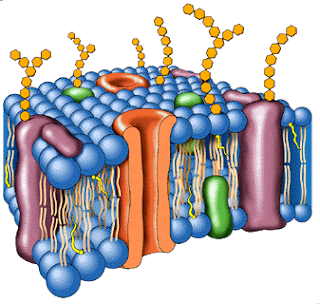matias schleiden: /developed the cell theory.
theodor shwann:/developed the cell tehory.
cell theort.
it has three postulates
1)the cell is unity of structure.
2)the cell is unity of function.
3)all the living things are formed by cells
THE CELL
the parts of the cell are:
1) nuclews
2)cell membran
3)cytoplasm
the nucleolus
is a structure inside the cell ; its function is the control and direction , of the cell .
the nucleus is formed by:
nucleolus: its function is to do ribosomes.
nuclear membrane: its formeg by phospholipids and proteins . its function :give shape to nucleus.. inside of the nuclear membran . we can find nuclear juice.
the nuclear juice:its a liquid made by DNA and RNA.
ribosomes:they are in all places of the cell ; they was created in the nucleolus . the ribosomes prodece proins that are esed in the construction of the membranes.
chromosomes: they are responsible by the genetic information.
celular membrane.
is a estructure most important ; their functions are:
*protect the nucleus and cytoplasm.
*give form to the cell.
homework :
*to allow change of nutrients.



